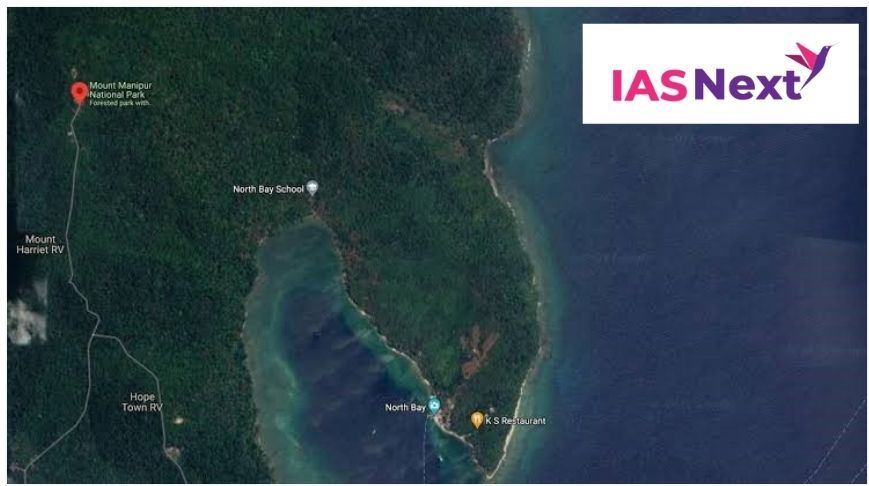CURRENT AFFAIRS
Get the most updated and recent current affair content on Padhaikaro.com
Mount Harriet renamed after Mount Manipur
- IAS NEXT, Lucknow
- 22, Oct 2021

The Centre has rechristened Mount Harriet, a historical tourist spot in the Andaman and Nicobar islands, as ‘Mount Manipur’.
What is Manipur’s connection to Mount Harriet?
After the Anglo-Manipur War of 1891, several Manipuris who had fought the British in the war, including Maharaja Kulachandra Dhwaja Singh, were exiled to the British penal colony in the Andaman Islands.
Since the cellular jail (Kalapani) was yet to be built, Kulachandra and the prisoners were kept on Mount Harriet, a hillock in what is now the Ferragunj tehsil of South Andaman district.
Anglo-Manipur War of 1891- Causes:
- Considered an epoch in the history of Manipur, the Anglo-Manipur War was fought between the kingdom of Manipur and the British over a month in 1891.
- The battle was triggered by a coup in the palace of Manipur, which had been marked by internal factionalism in the years leading up 1891.
- The British government took advantage of the “internal dissension” among the princes of the royal family.
Significance of the war:
Many say the war was described as a “blow to British prestige”. Despite their victory, it had led to the death of five important officers.
- In India, it was viewed as being part of the general uprising against British rule in the country, soon after the Revolt of 1857.
- The war led to Manipur officially becoming a princely state under the indirect rule of the British crown.
About Mount Harriet:
- Mount Harriet is the third highest peak in the Andaman and Nicobar Islands, and served as the summer headquarters of the Chief Commissioner during British Raj.
- It is believed to be named after British artist and photographer, Harriet Christina Tytler, who was the wife of Robert Christopher Tytler, a soldier who served in the British Indian Army.
